Home>Furniture & Design>Bedroom Furniture>How To Organize Kid’s Room
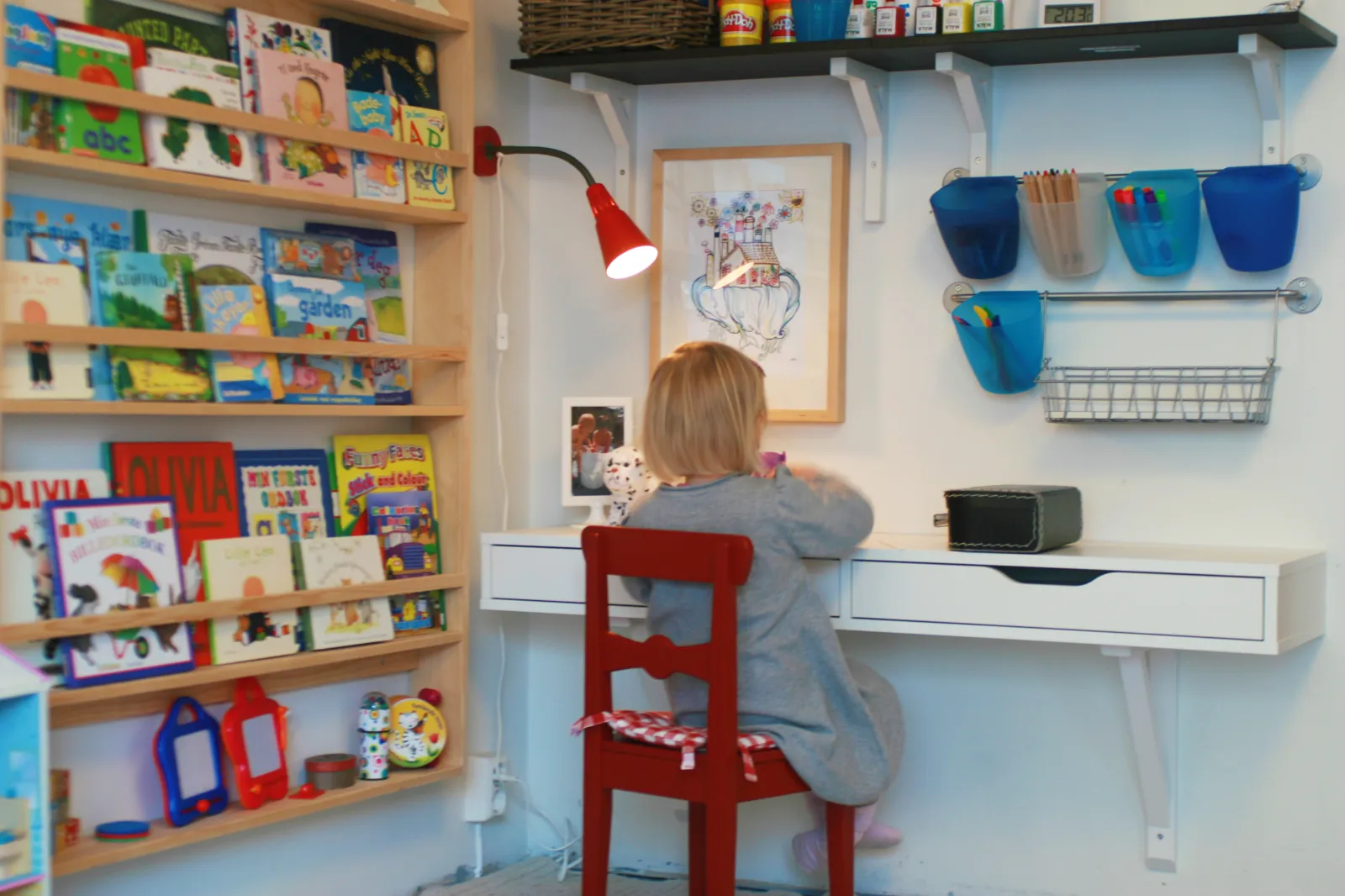

Bedroom Furniture
How To Organize Kid’s Room
Modified: October 20, 2024
Discover expert tips and tricks on organizing your kid's room with the best bedroom furniture and design ideas. Create a functional and stylish space for your child today!
(Many of the links in this article redirect to a specific reviewed product. Your purchase of these products through affiliate links helps to generate commission for Storables.com, at no extra cost. Learn more)
Tips for Decluttering
Decluttering a kid's room can be a daunting task, but with the right approach, it can be a rewarding and transformative experience. Here are some tips to help you declutter your kid's room effectively:
-
Set a Clear Goal: Before you start decluttering, it's essential to have a clear goal in mind. Determine what you want to achieve with the decluttering process. Whether it's creating more space for play, improving organization, or simply getting rid of unnecessary items, having a specific goal will help guide your efforts.
-
Involve Your Kids: Encourage your kids to be part of the decluttering process. This not only teaches them valuable organizational skills but also gives them a sense of ownership over their space. Allow them to make decisions about which items to keep, donate, or discard.
-
Sort and Categorize: Start by sorting through all the items in the room. Create separate piles for toys, books, clothes, and other belongings. This will make it easier to see the extent of the clutter and help you prioritize what needs to be addressed first.
-
Donate or Discard Unwanted Items: Once you've sorted everything, it's time to decide what to do with the items your kids no longer need or use. Encourage them to donate gently used toys and clothes to those in need. Discard broken or unusable items to free up space and reduce clutter.
-
Use Storage Containers: Invest in storage containers, bins, and baskets to keep the remaining items organized. Label the containers to make it easier for your kids to find and put away their belongings. Utilize under-bed storage, wall-mounted shelves, and closet organizers to maximize space.
-
Rotate Toys and Books: To prevent the room from becoming cluttered again, consider implementing a toy and book rotation system. Store some items away and periodically swap them with the ones currently in use. This not only reduces clutter but also keeps the room feeling fresh and exciting for your kids.
-
Establish Daily Cleanup Routines: Encourage your kids to tidy up their room daily. Implement simple routines such as putting away toys before bedtime or picking up clothes from the floor. Consistent habits can help maintain a clutter-free environment in the long run.
By following these decluttering tips, you can transform your kid's room into a well-organized and functional space that promotes creativity and play.
Key Takeaways:
- Get your kids involved in decluttering! Let them make decisions about what to keep, donate, or discard. It teaches them valuable skills and gives them ownership of their space.
- Maximize storage with vertical shelves, under-bed containers, and multi-functional furniture. Create a functional layout with designated zones for play, study, and sleep.
Read more: How To Organize A Sewing Room
Storage Solutions
When it comes to organizing a kid's room, storage solutions play a crucial role in maintaining a clutter-free and functional space. Here are some effective storage solutions to help you make the most of the available space:
-
Utilize Vertical Space: Maximize the use of vertical space by installing wall-mounted shelves and storage units. This not only keeps items off the floor but also creates additional storage for books, toys, and decorative items.
-
Under-Bed Storage: Invest in under-bed storage containers or drawers to make use of the often-underutilized space beneath the bed. This is an ideal place to store seasonal clothing, extra bedding, or bulky items that are not frequently used.
-
Closet Organizers: Install closet organizers with shelves, drawers, and hanging rods to optimize the storage capacity of the closet. Use bins or baskets to store smaller items and accessories, keeping them neatly organized and easily accessible.
-
Multi-Functional Furniture: Consider furniture pieces that offer built-in storage, such as beds with drawers underneath or ottomans with hidden compartments. These multi-functional pieces help maximize space while providing convenient storage solutions.
-
Floating Shelves: Install floating shelves on the walls to display decorative items, books, or toys. Floating shelves not only add a decorative touch to the room but also free up floor space for other activities.
-
Color-Coded Storage: Use color-coded storage containers or bins to categorize and organize items. Assign a specific color for different types of belongings, making it easier for kids to identify where things belong and maintain an organized space.
-
Toy Hammocks and Nets: Install toy hammocks or nets in the corners of the room to store stuffed animals, dolls, or other soft toys. This creative storage solution keeps these items off the floor and adds a playful element to the room.
-
DIY Storage Projects: Get creative with do-it-yourself storage projects, such as creating personalized cubbies, bookshelves, or toy storage units. Involving kids in these projects can be a fun way to encourage organization and creativity.
By implementing these storage solutions, you can effectively maximize the storage capacity of your kid's room while keeping it organized and visually appealing.
Use storage bins and labels to keep toys and clothes organized. Encourage kids to help by making it a game or giving them choices in how to arrange their belongings.
Creating a Functional Layout
Creating a functional layout in a kid's room is essential for optimizing space and promoting a sense of order. Here are some key strategies to consider when designing the layout of the room:
-
Zone Design: Divide the room into distinct zones based on activities, such as sleeping, playing, studying, and storage. This helps create designated areas for specific functions and makes it easier for kids to navigate and utilize the space effectively.
-
Bed Placement: Position the bed in a way that maximizes floor space and allows for easy access. Consider placing the bed against a wall to create an open area for play or study. Loft beds or bunk beds can also be great space-saving options, especially in smaller rooms.
-
Accessible Storage: Ensure that storage solutions are easily accessible to kids. Use low-height shelves, bins, and drawers that children can reach without difficulty. This encourages independence and helps them learn to tidy up after themselves.
-
Play Area: Designate a specific area for play, whether it's a corner of the room or a central play space. Keep this area open and uncluttered, allowing for imaginative play and activities. Consider incorporating a rug or soft flooring to define the play area.
-
Study Nook: If the room is used for studying or homework, create a dedicated study nook with a desk, chair, and adequate lighting. Organize school supplies and books within easy reach to facilitate a productive study environment.
-
Traffic Flow: Pay attention to the flow of movement within the room. Ensure that there are clear pathways between different zones and that furniture placement does not obstruct movement. This promotes safety and a sense of spaciousness.
-
Personalization: Involve your kids in the layout design process and consider their preferences. Allow them to personalize their space with artwork, posters, and decor that reflect their interests and personality. This sense of ownership can encourage them to take pride in maintaining an organized room.
-
Flexibility: Keep the layout flexible to accommodate changes as your kids grow and their needs evolve. Consider furniture that can be easily repositioned or repurposed to adapt to different stages of childhood.
By carefully considering the layout of the room and implementing these strategies, you can create a functional and well-organized space that meets the needs of your kids while promoting a sense of comfort and creativity.
Involving Kids in the Organization Process
Involving kids in the organization process is not only a practical approach to decluttering and organizing their room but also a valuable opportunity to teach them essential life skills and foster a sense of responsibility. Here are some effective ways to engage kids in the organization process:
-
Ownership and Decision-Making: Encourage kids to take ownership of their space by involving them in decision-making. Allow them to participate in choosing storage solutions, organizing their belongings, and personalizing their room. This sense of ownership can instill a greater sense of responsibility and pride in maintaining a tidy space.
-
Age-Appropriate Tasks: Tailor the organization tasks to suit the age and abilities of the children. Younger kids can help with simple tasks such as sorting toys, folding clothes, or placing items in designated bins. Older kids can take on more complex tasks such as arranging books, labeling storage containers, and assisting in furniture rearrangement.
-
Educational Approach: Use the organization process as an educational opportunity. Teach kids about the importance of decluttering, organizing, and the benefits of maintaining a tidy space. Explain the concept of donating items to those in need and the impact of reducing waste through responsible disposal.
-
Creative Solutions: Encourage kids to come up with creative solutions for organizing their belongings. Whether it's designing their own storage labels, creating artwork for the room, or repurposing items for organization, involving them in the creative aspect can make the process more enjoyable and engaging.
-
Reward System: Implement a reward system to motivate kids to participate in the organization process. Offer incentives such as a special outing, extra playtime, or a small reward for their efforts. This positive reinforcement can encourage them to actively engage in maintaining an organized space.
-
Lead by Example: Set a positive example by demonstrating your own organizational habits and involving kids in household organization beyond their room. When they see organization as a regular part of family life, they are more likely to embrace it as a valuable skill.
-
Open Communication: Maintain open communication throughout the organization process. Listen to kids' ideas, concerns, and preferences regarding the organization of their room. This collaborative approach fosters a sense of respect and encourages them to take an active role in maintaining an organized space.
By involving kids in the organization process, you not only create a well-organized and functional room but also empower them with valuable life skills and a sense of ownership over their environment.
Frequently Asked Questions about How To Organize Kid's Room
Was this page helpful?
At Storables.com, we guarantee accurate and reliable information. Our content, validated by Expert Board Contributors, is crafted following stringent Editorial Policies. We're committed to providing you with well-researched, expert-backed insights for all your informational needs.
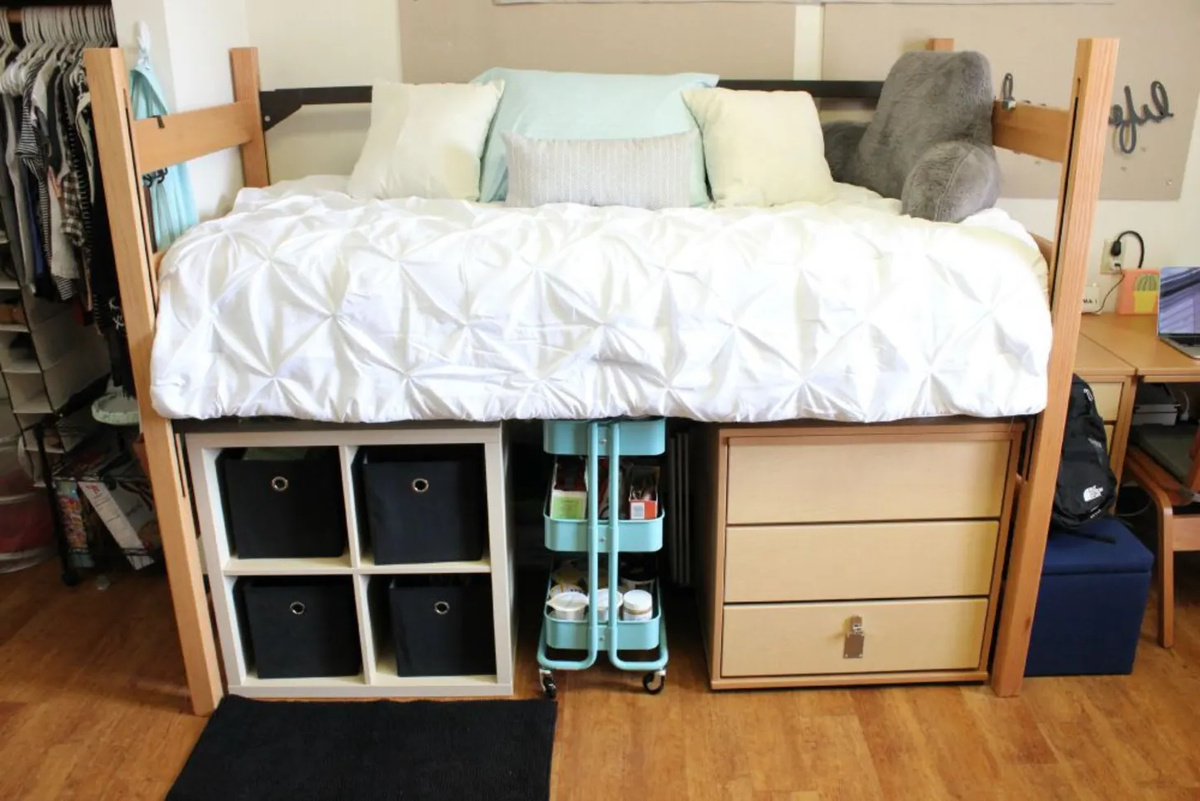
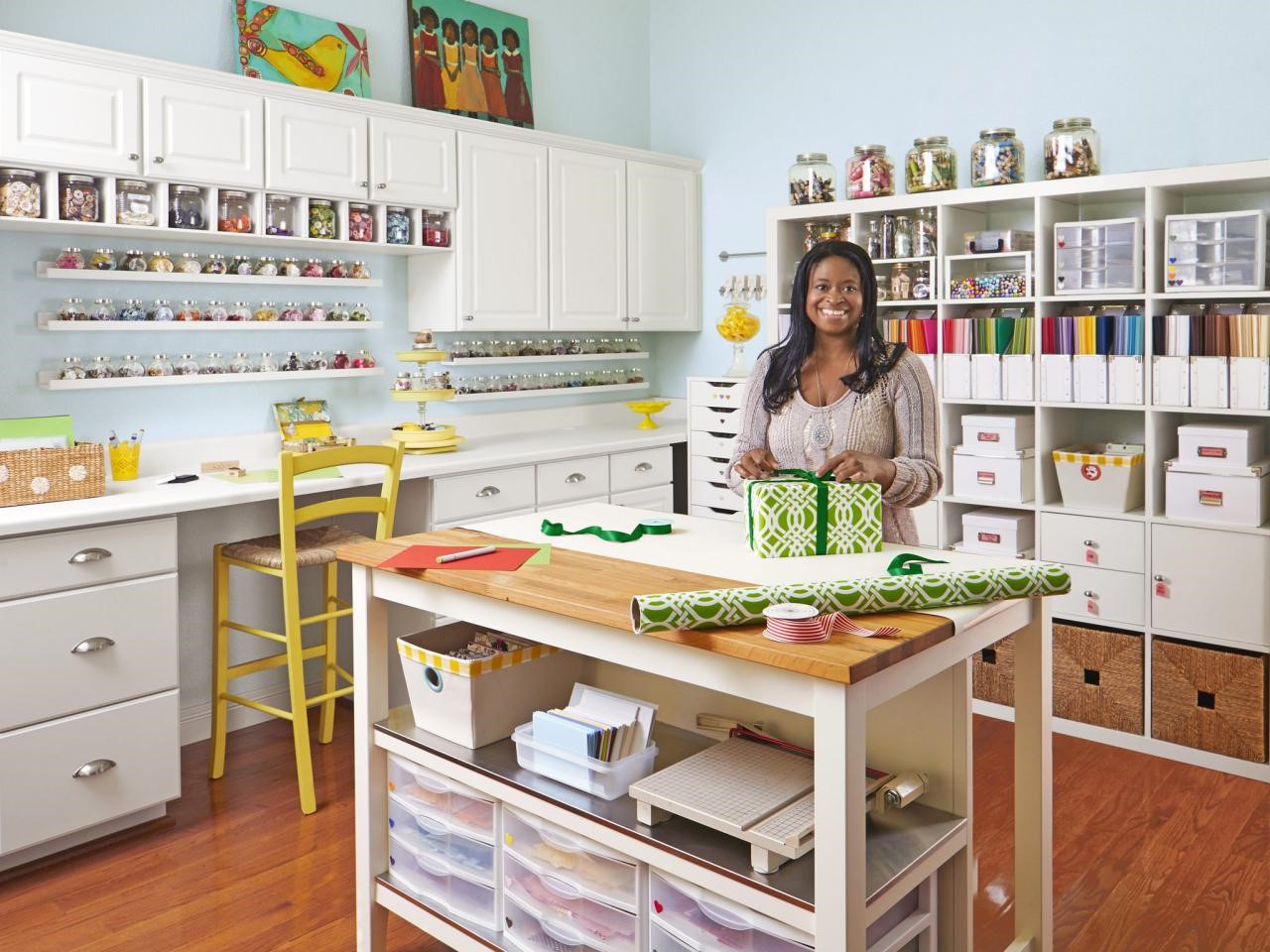
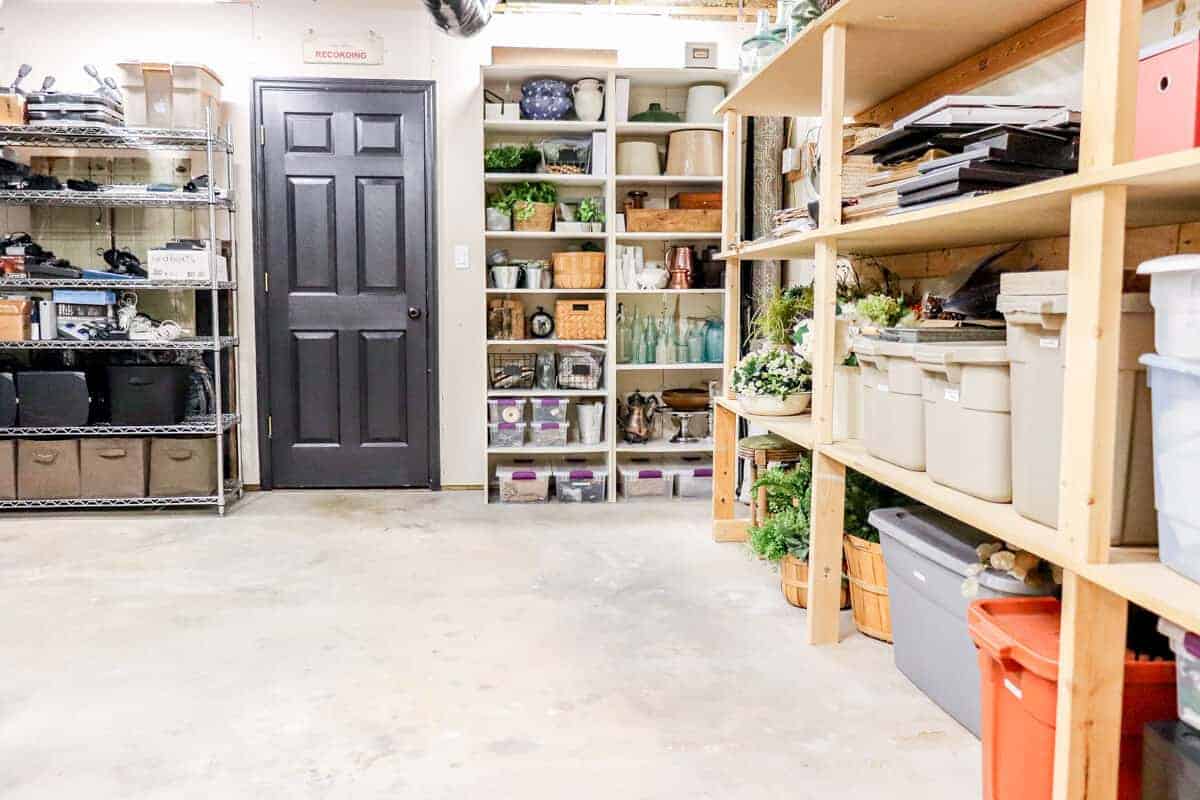
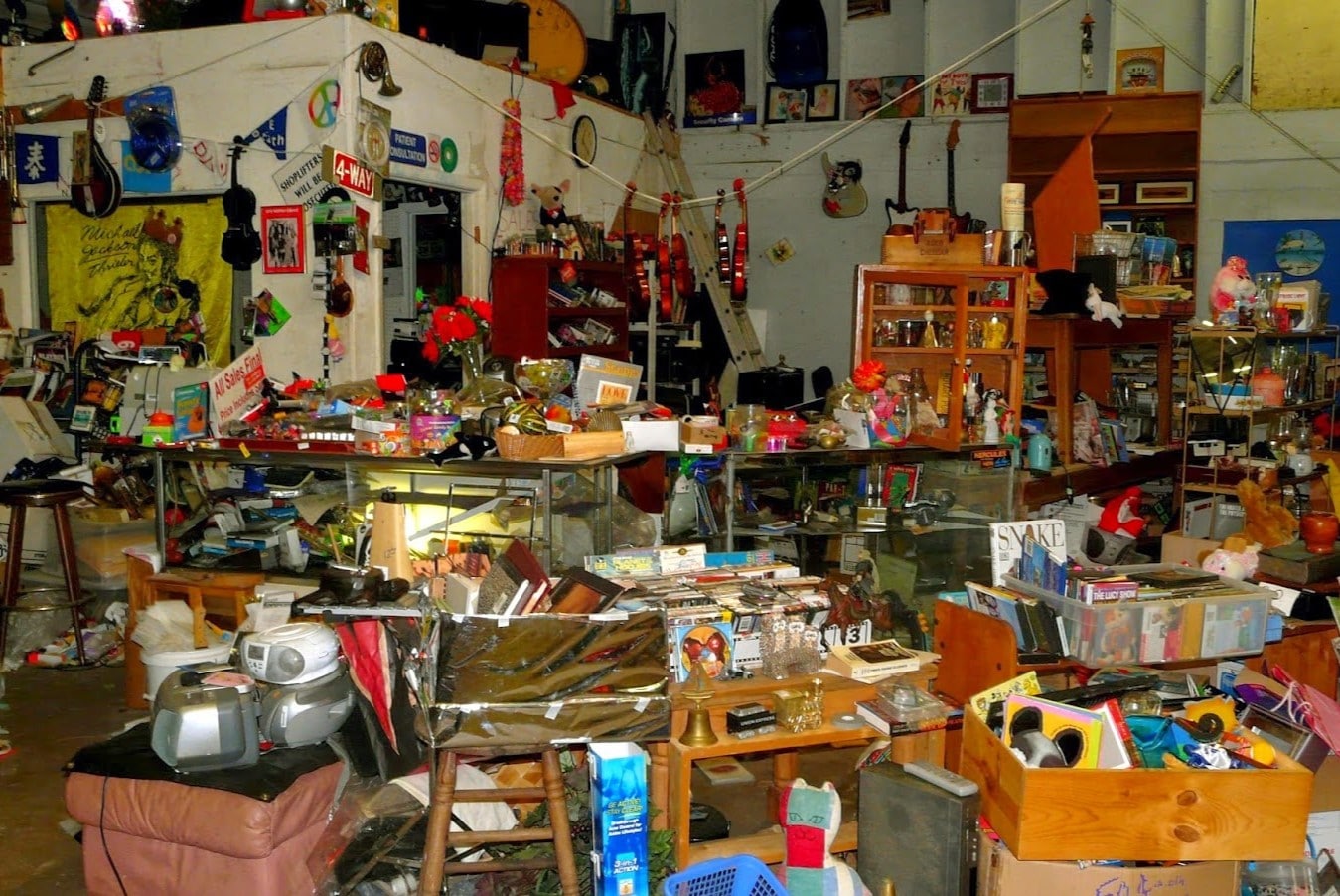
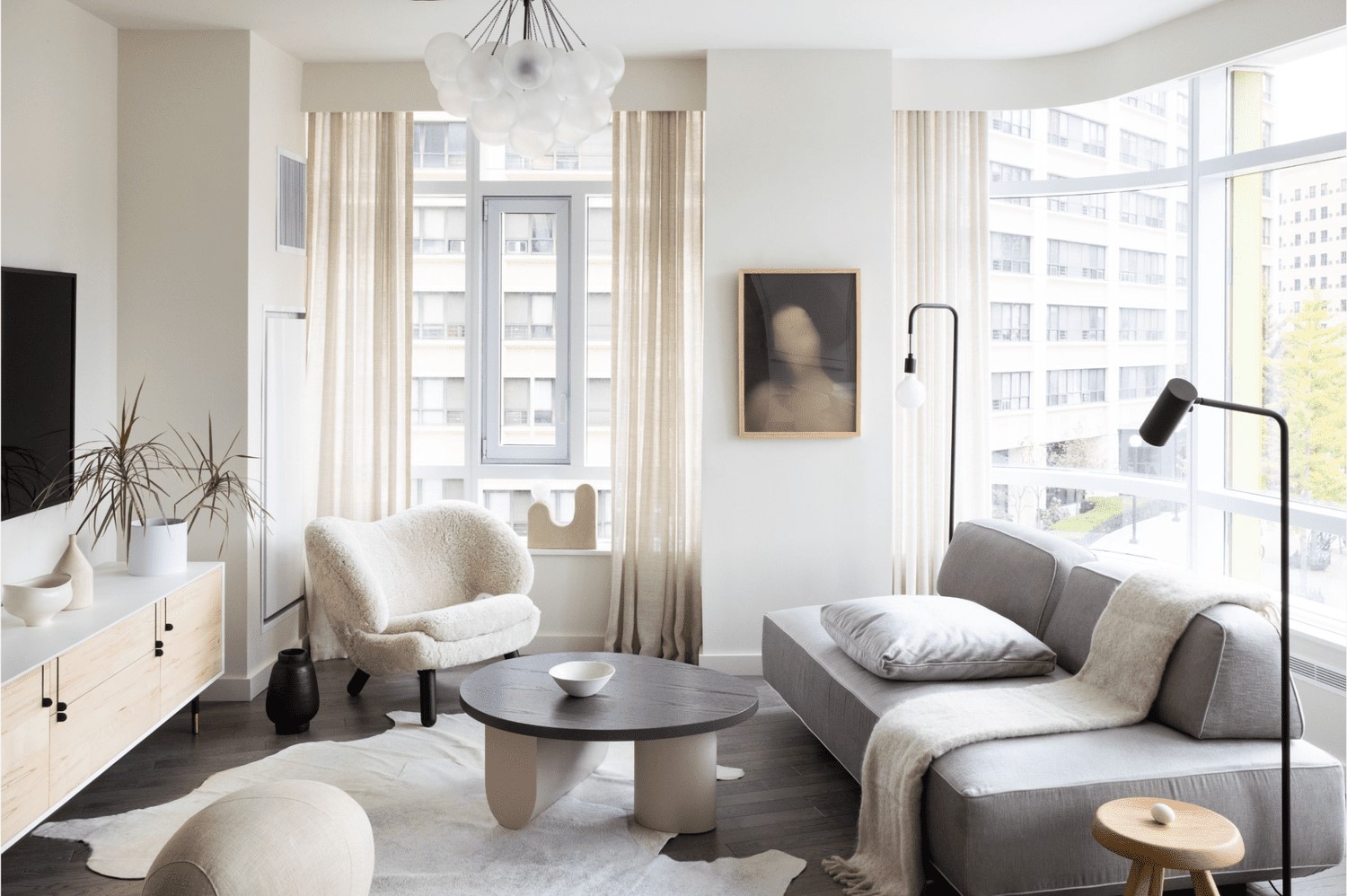
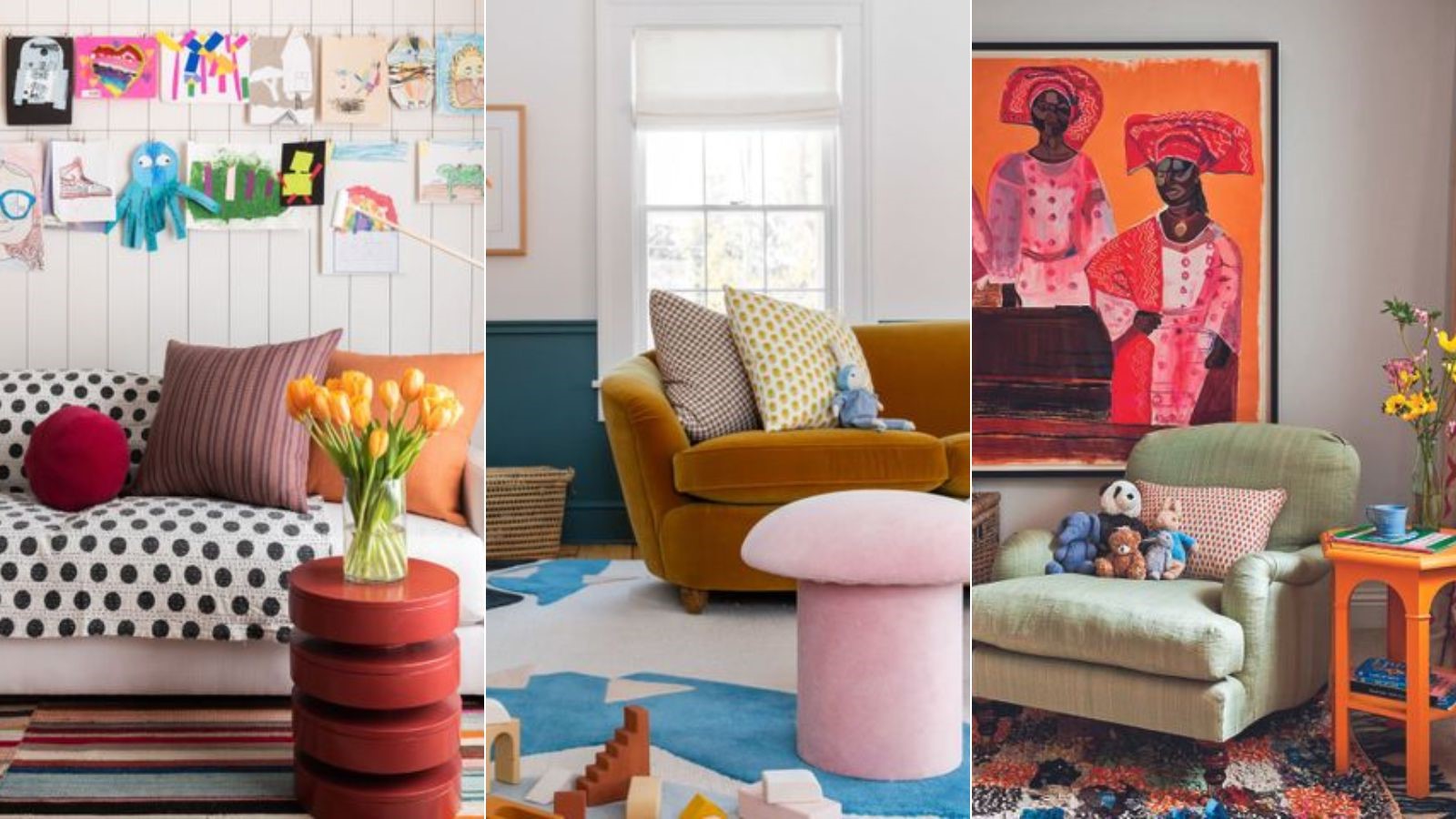
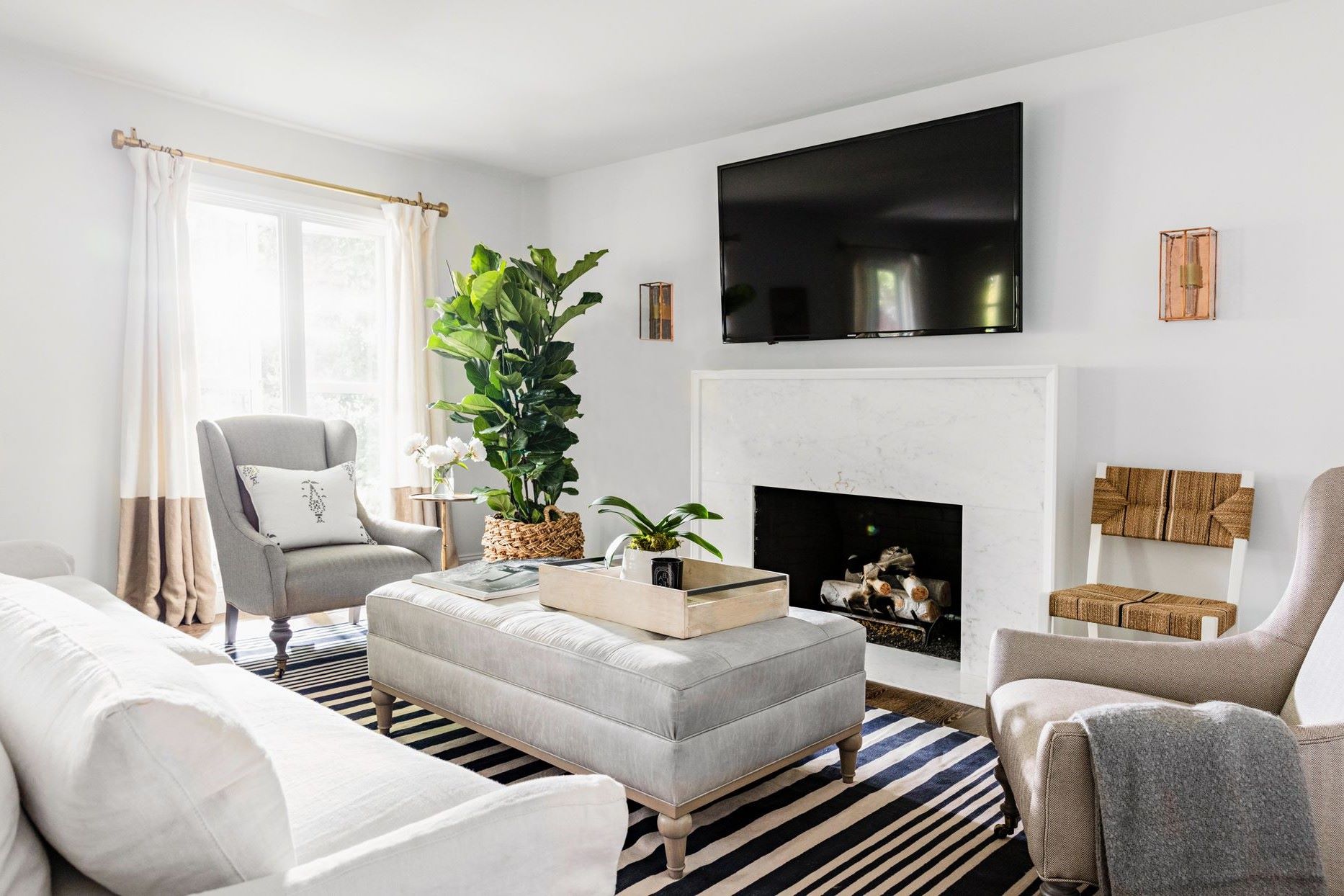
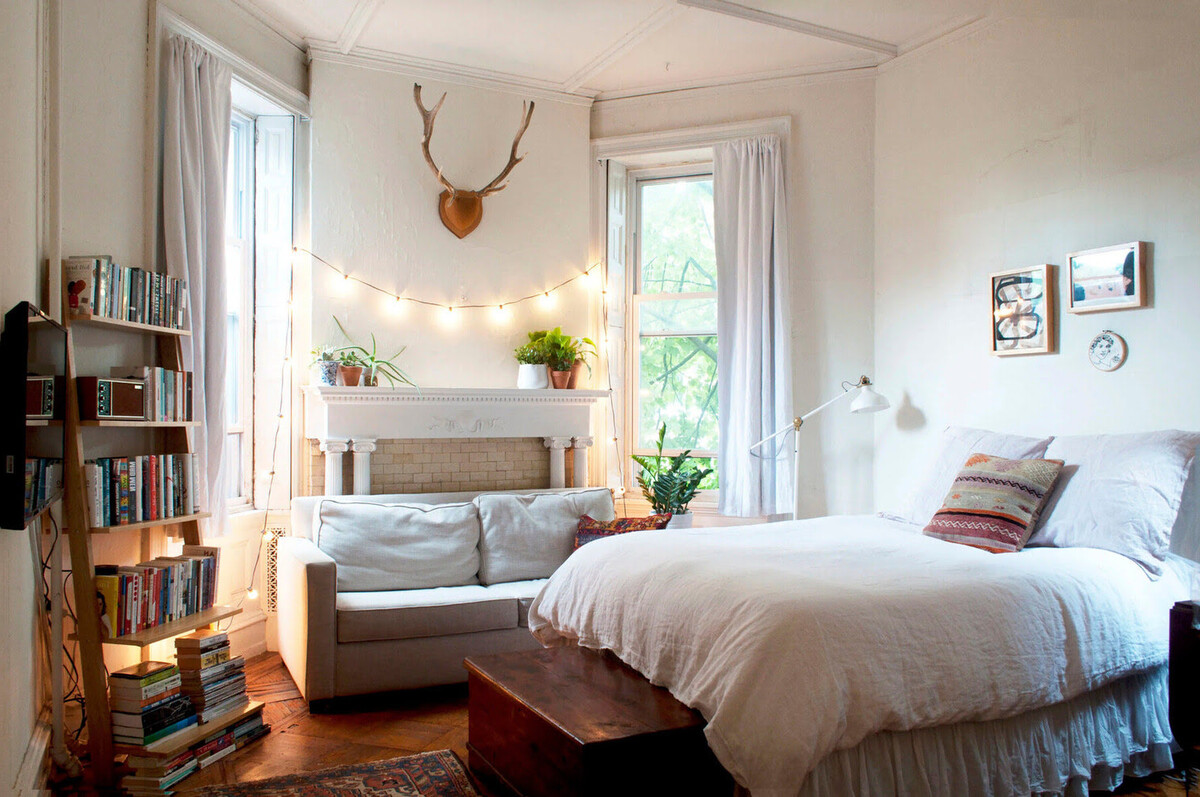
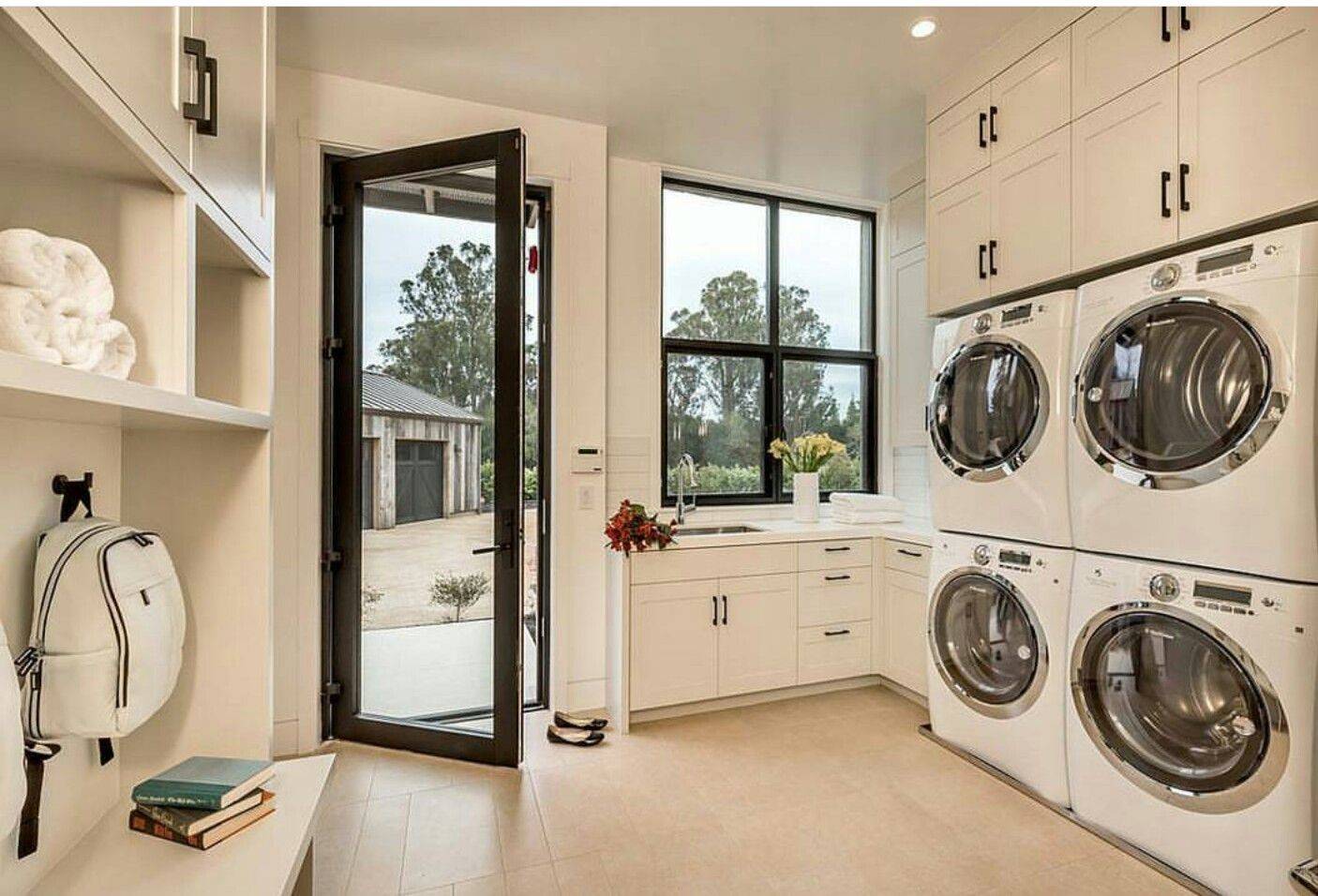
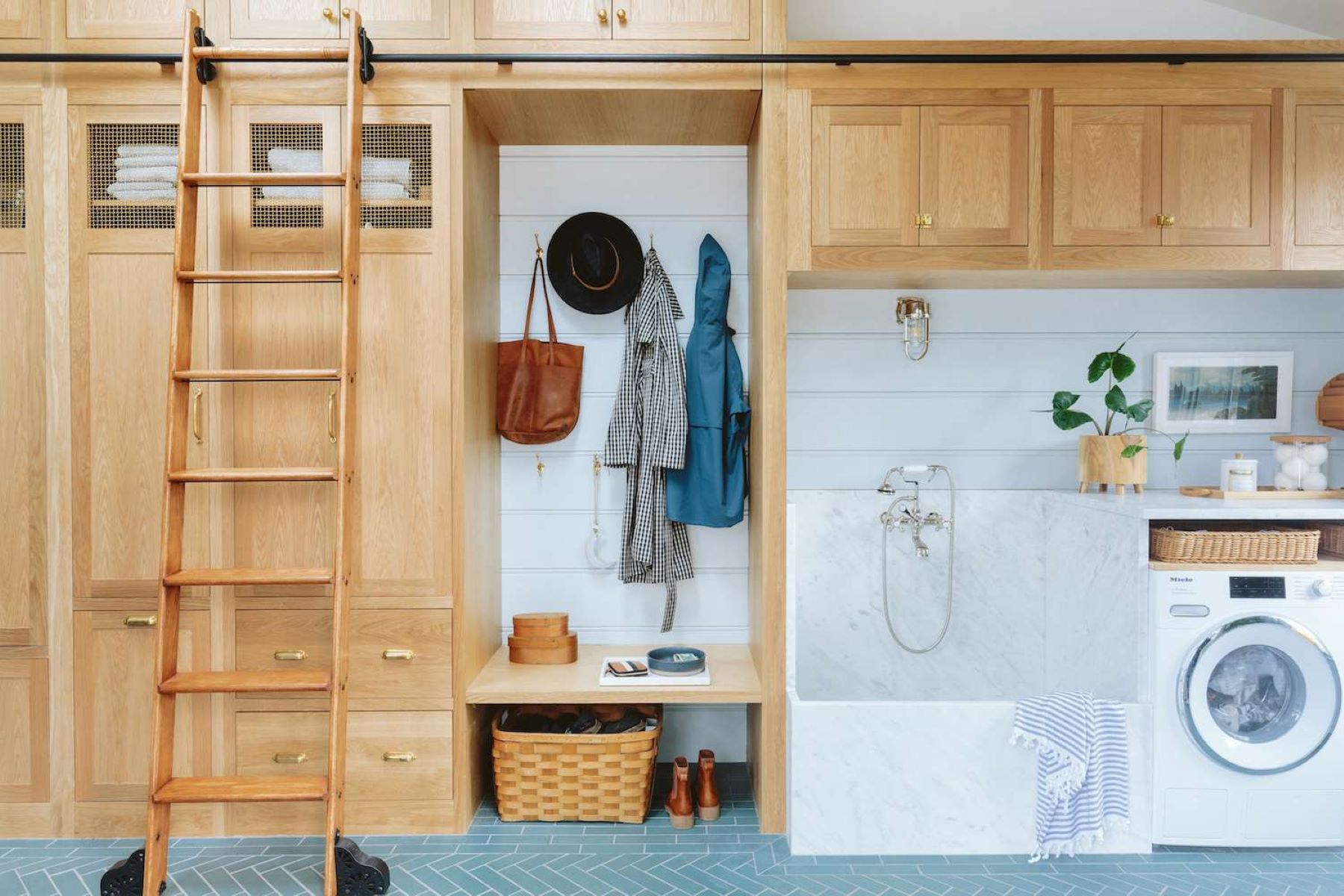
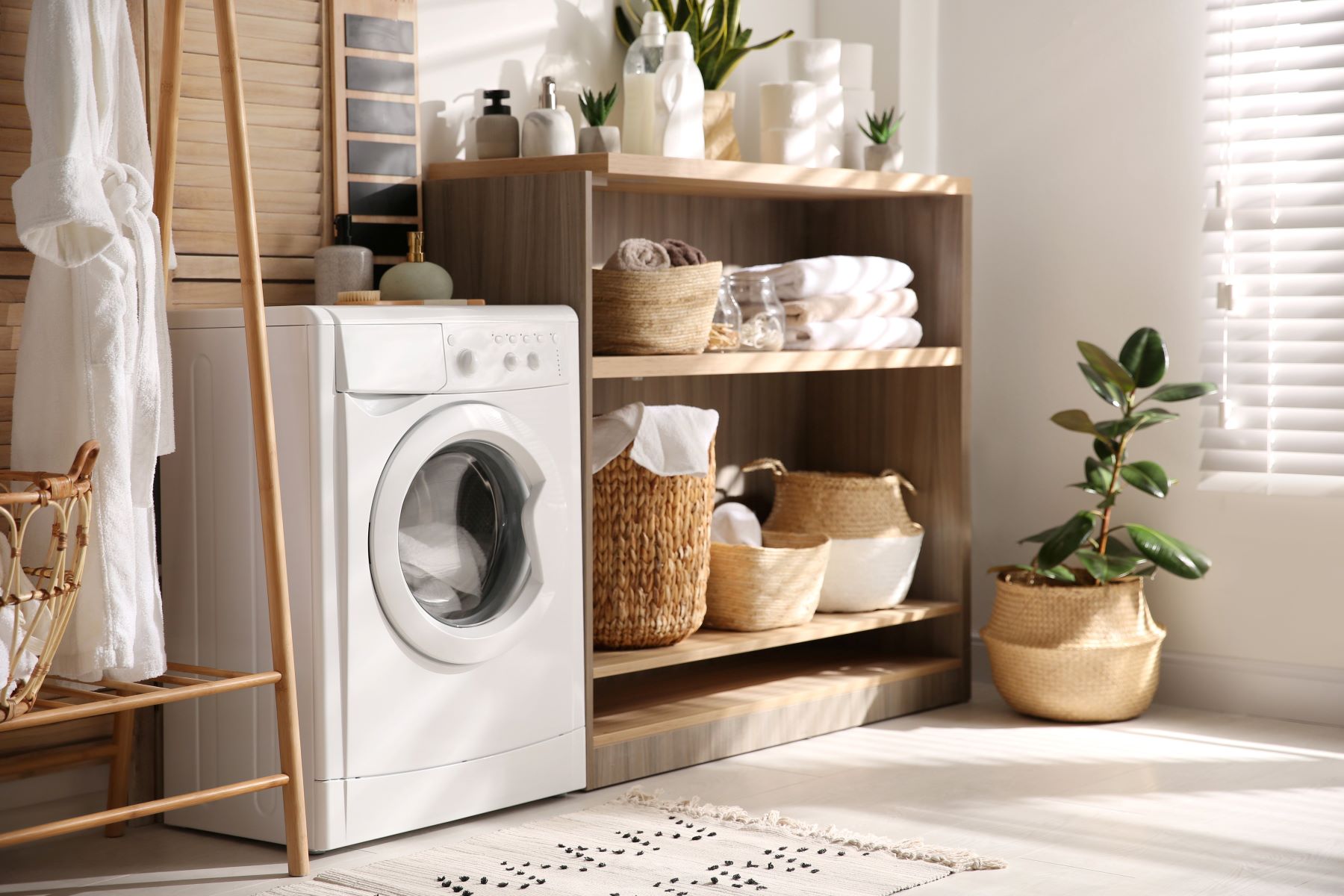
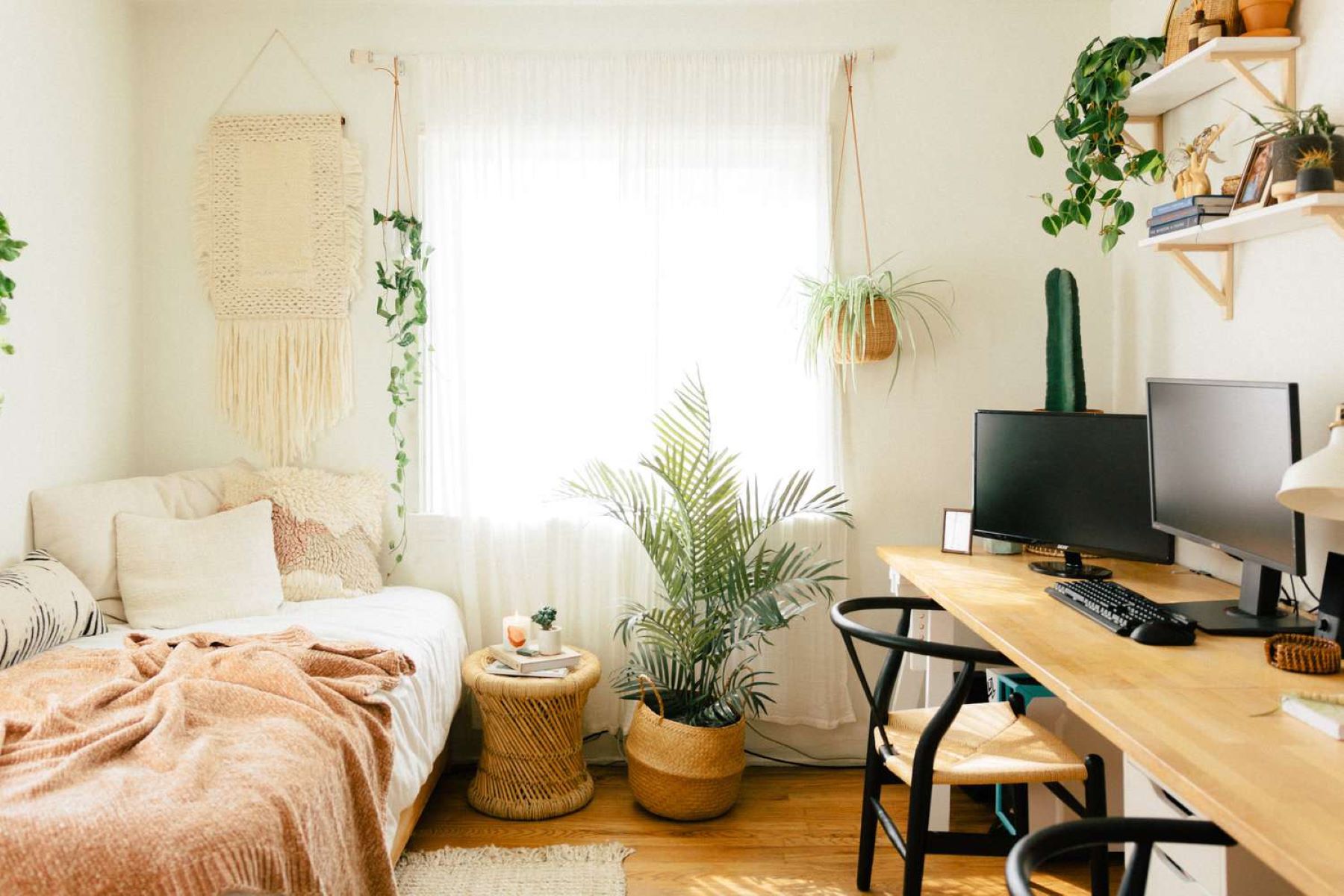
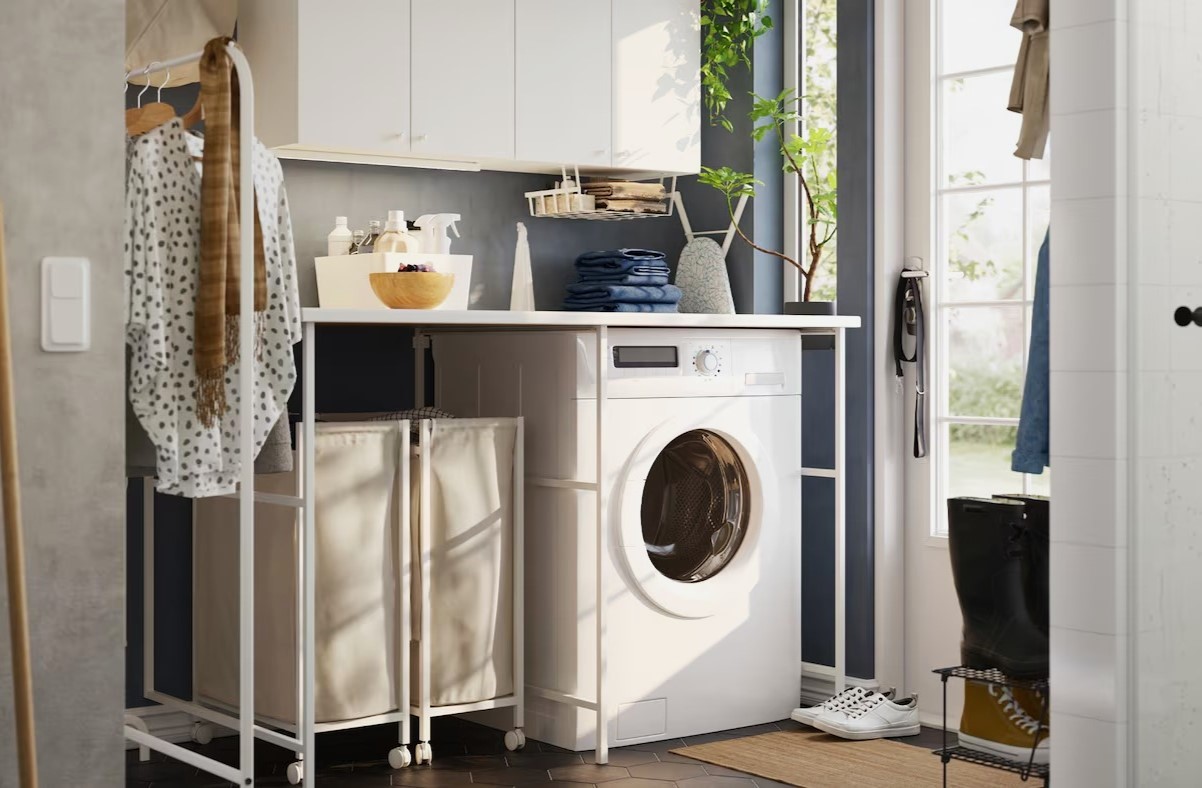
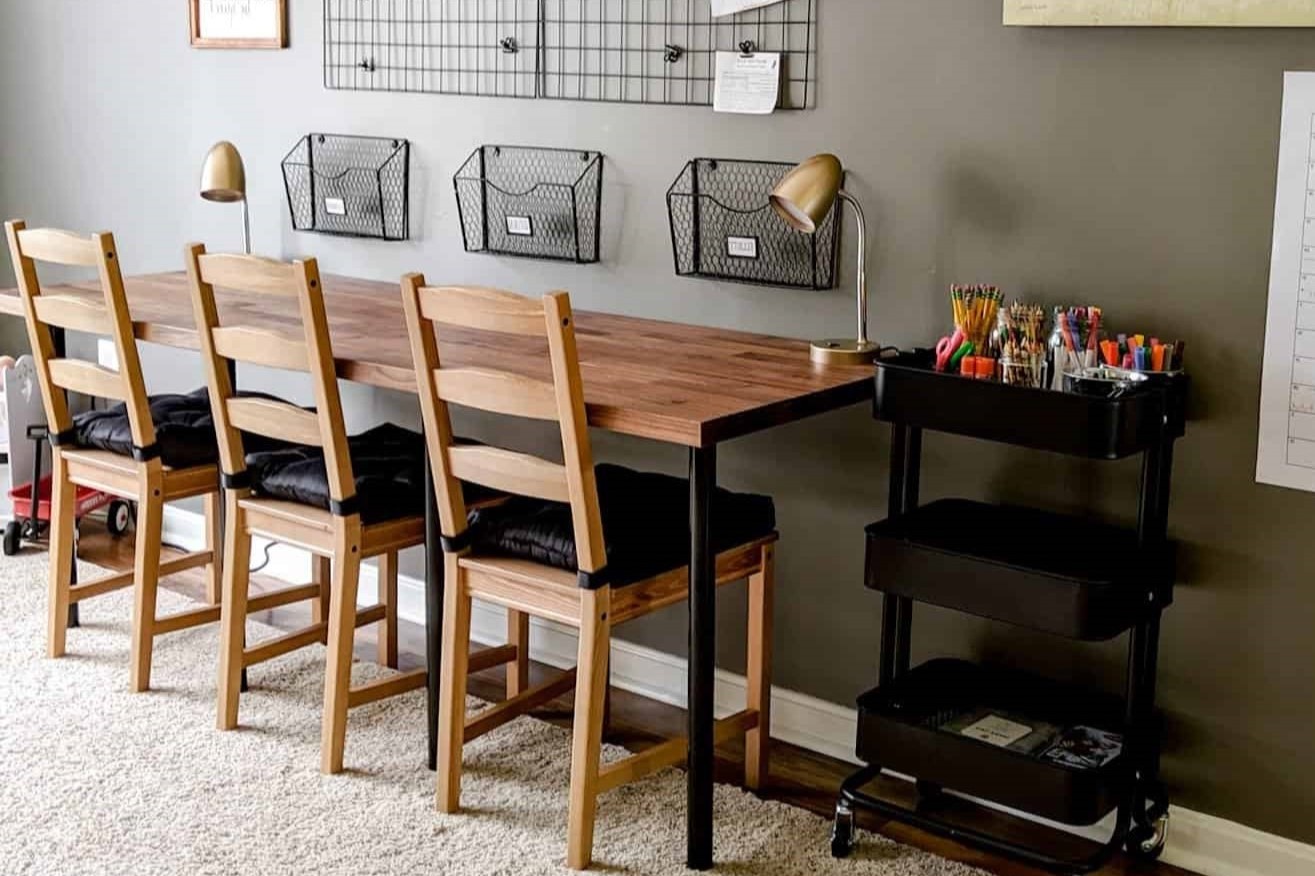
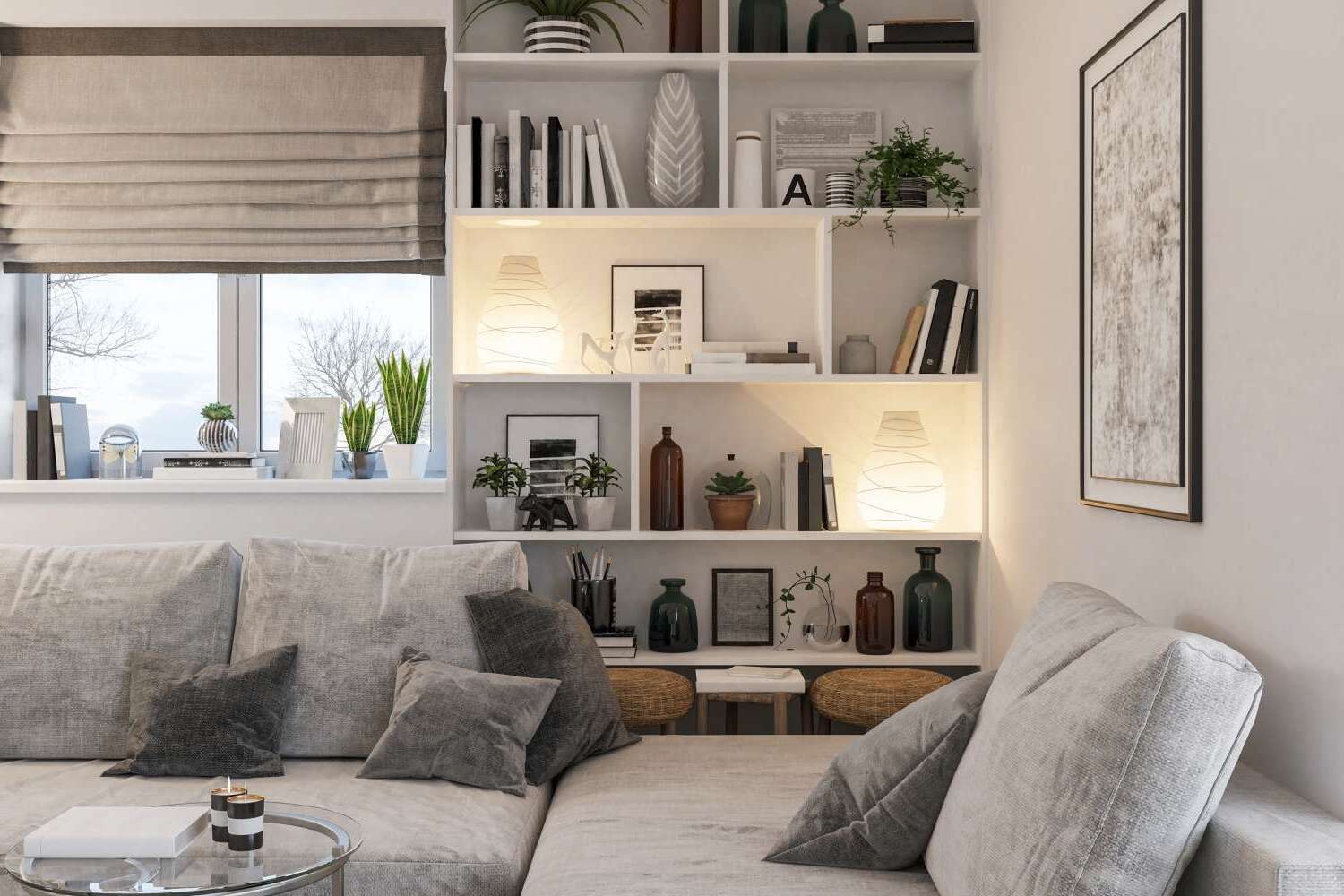

0 thoughts on “How To Organize Kid’s Room”